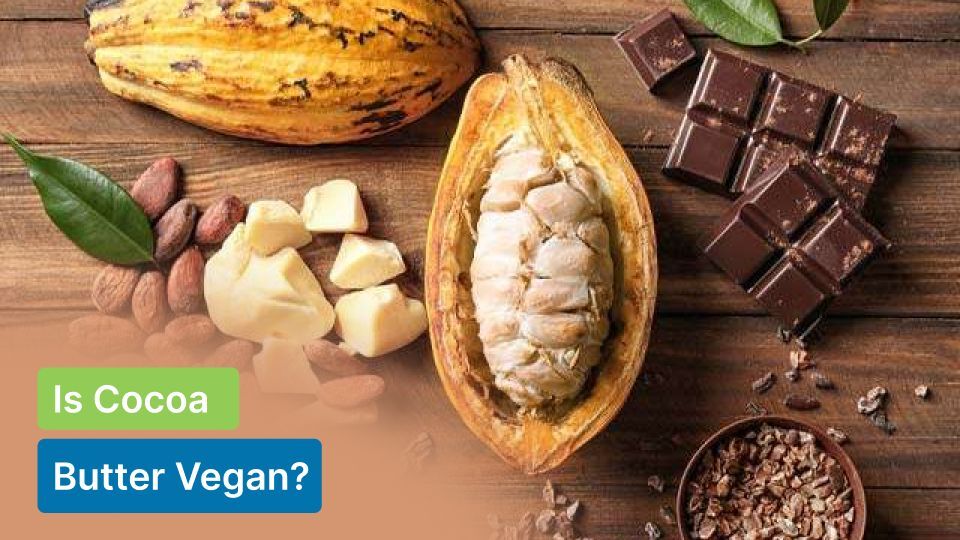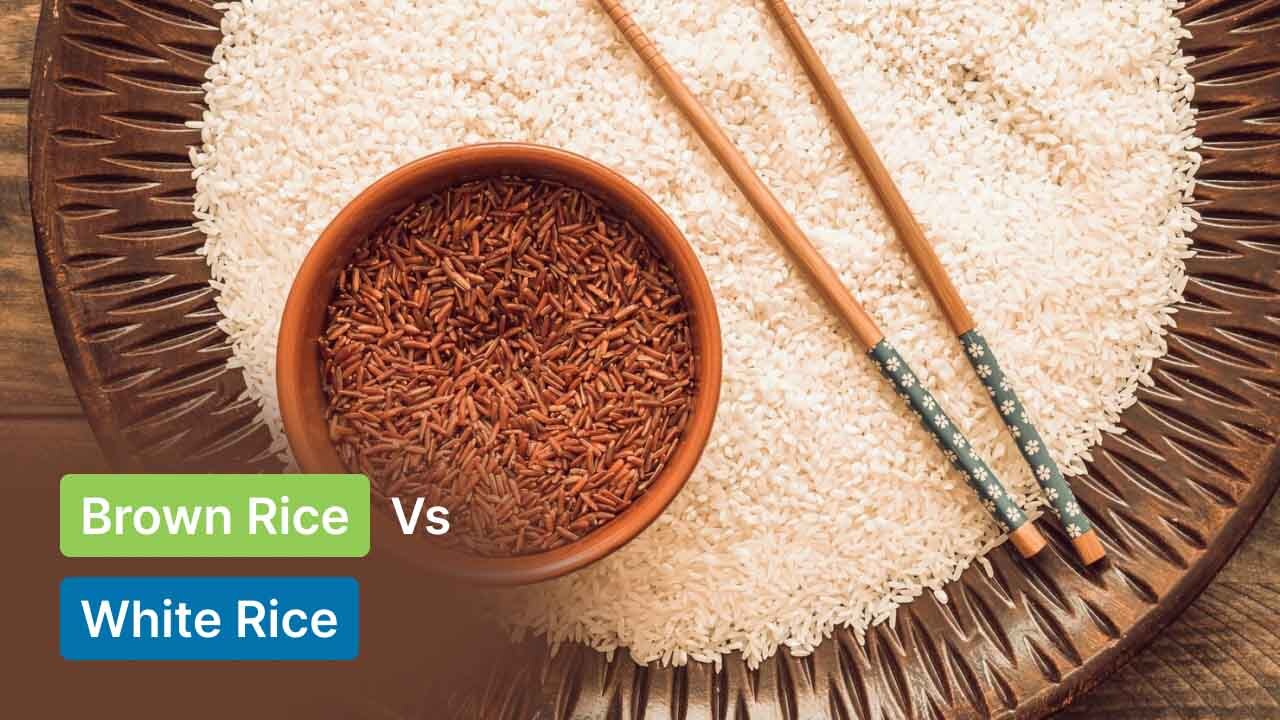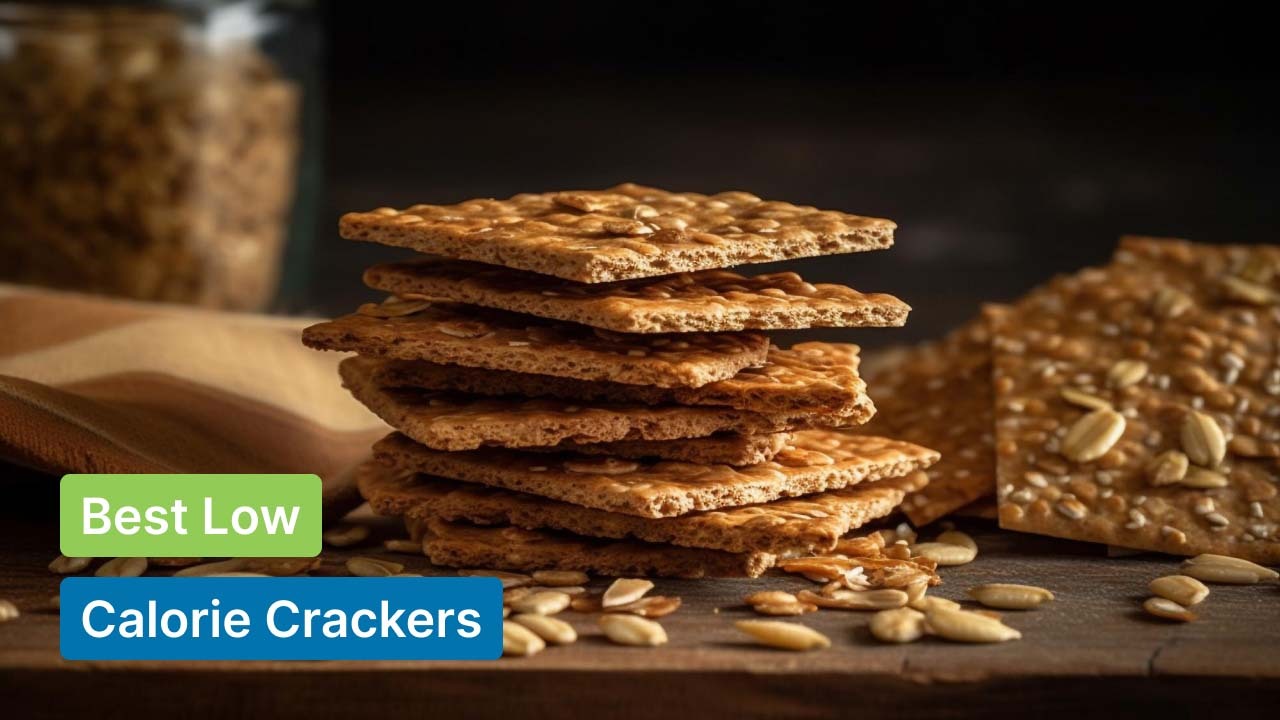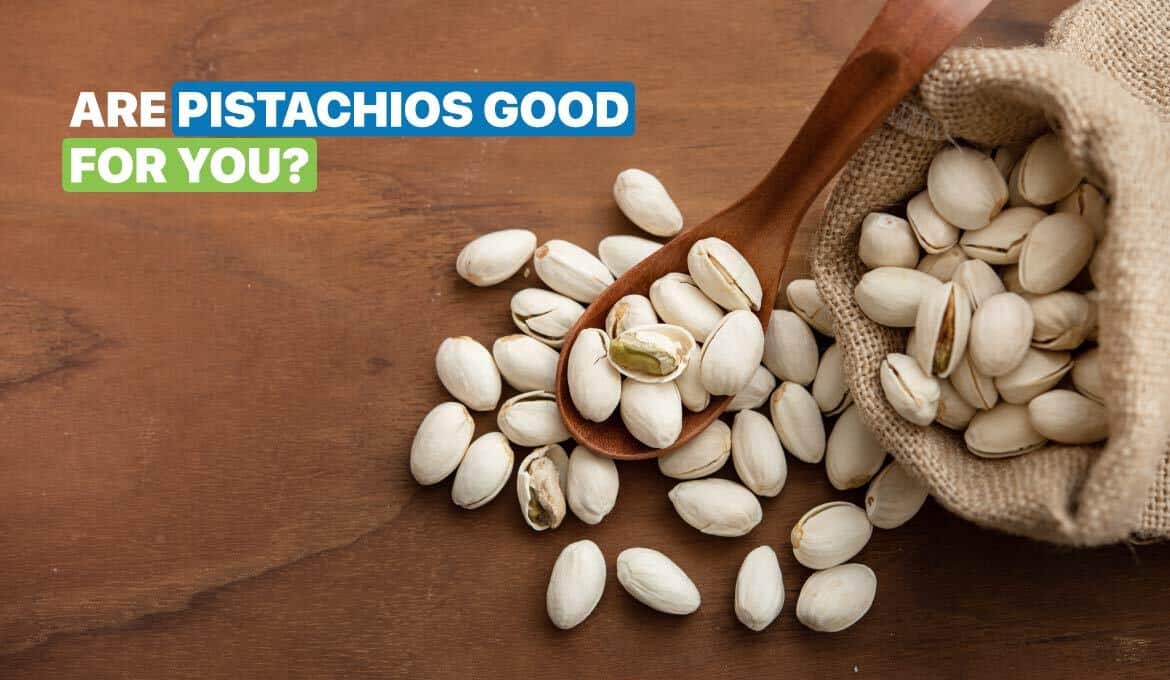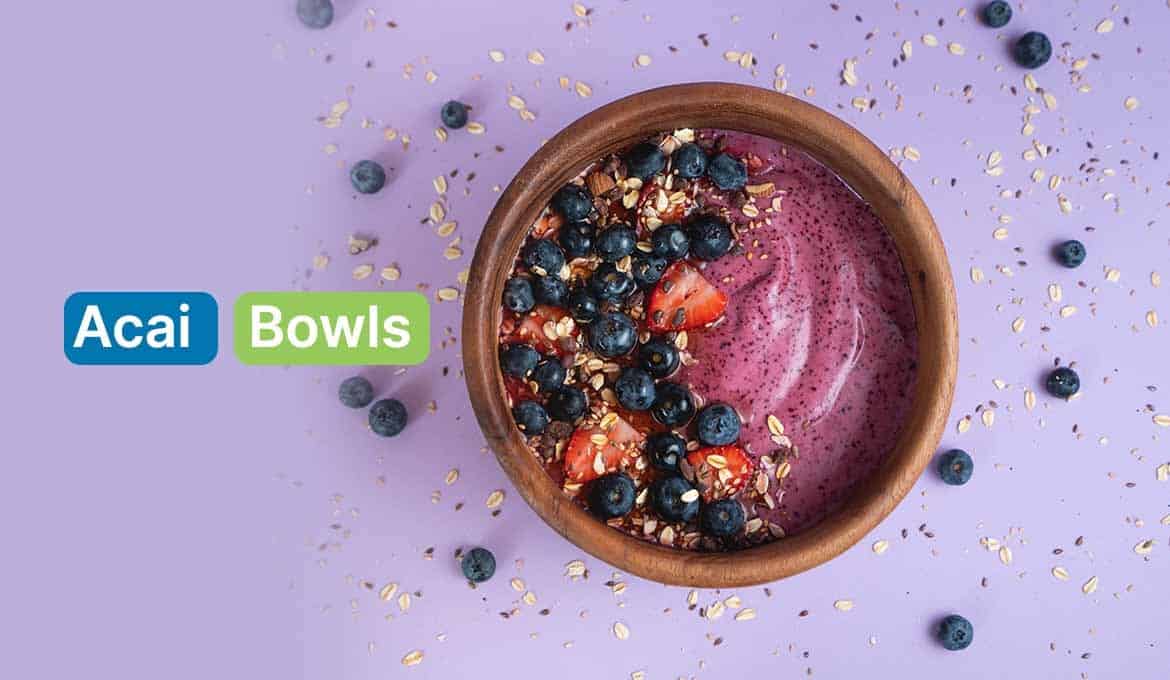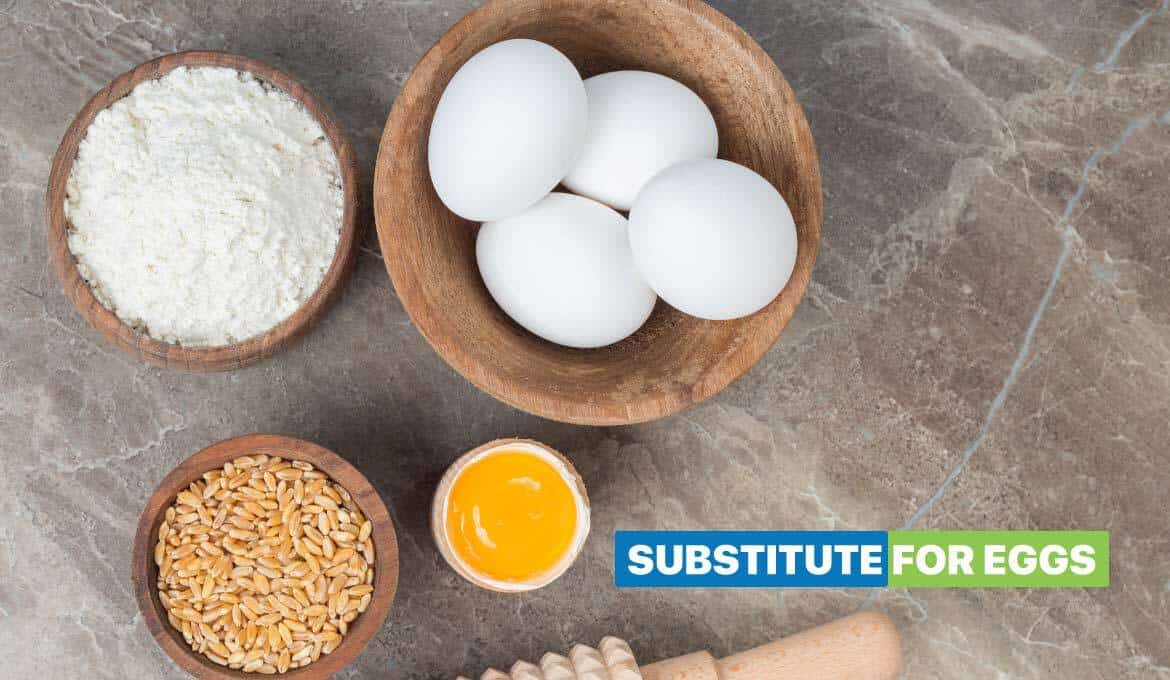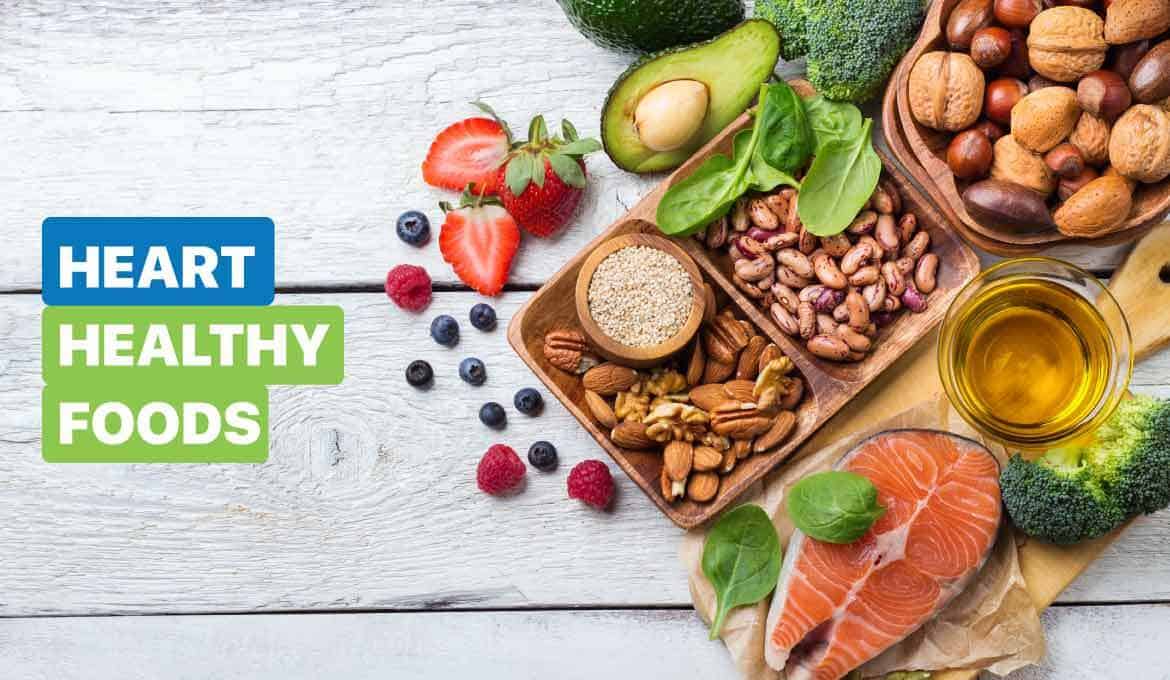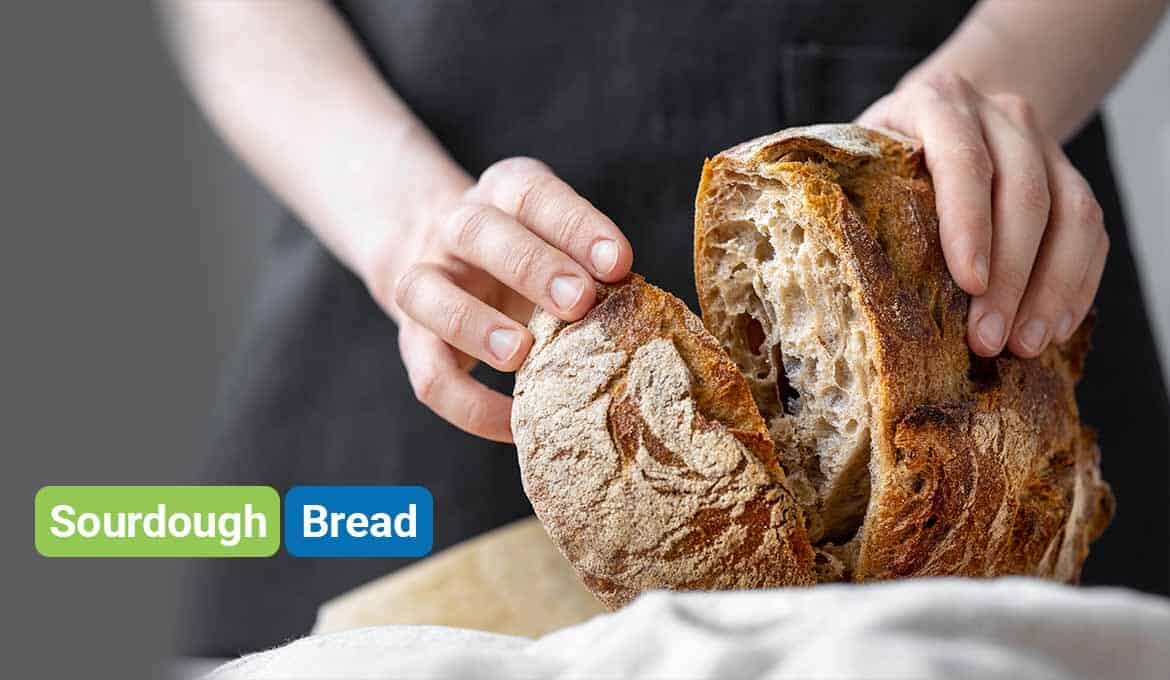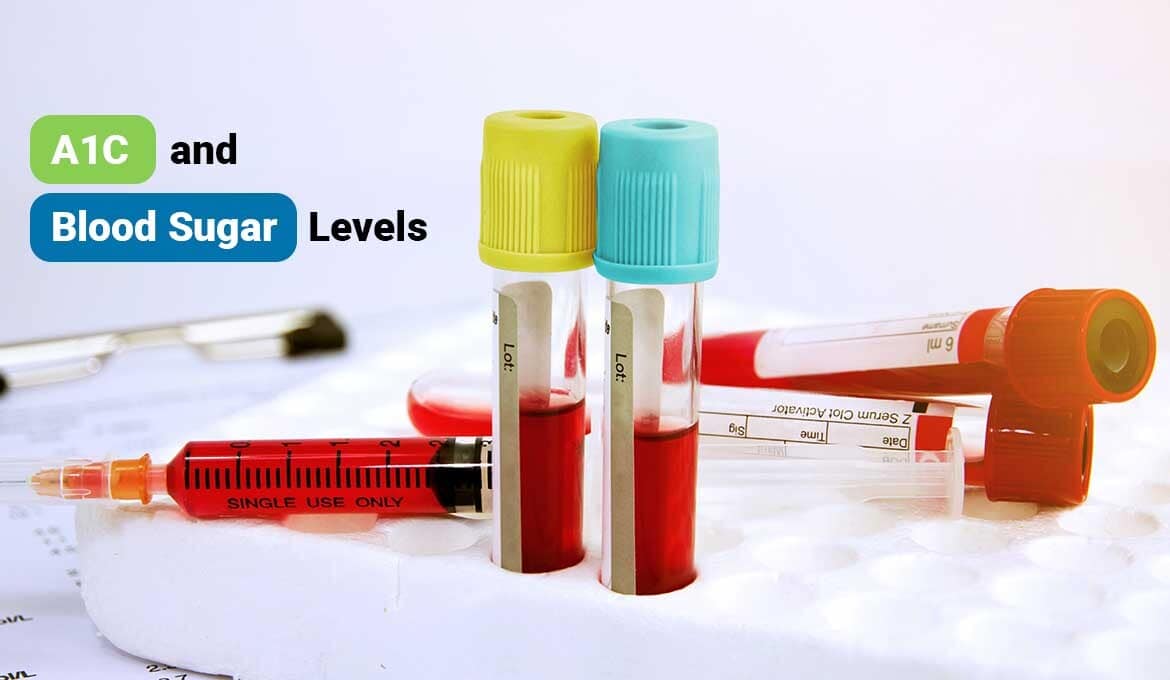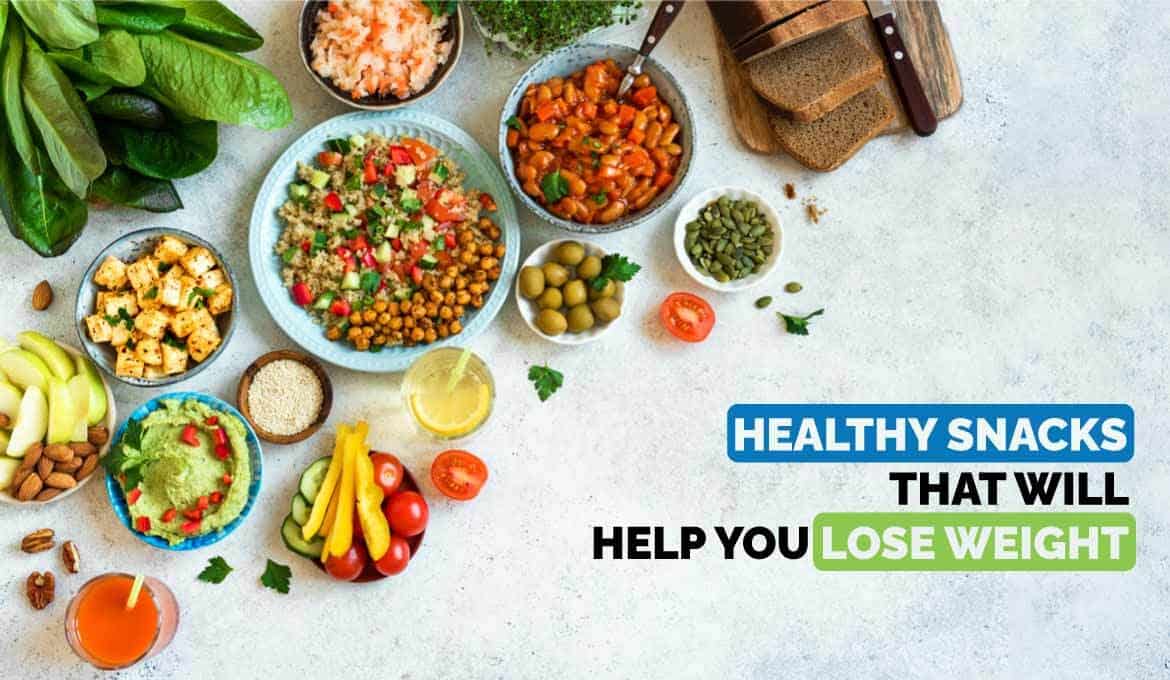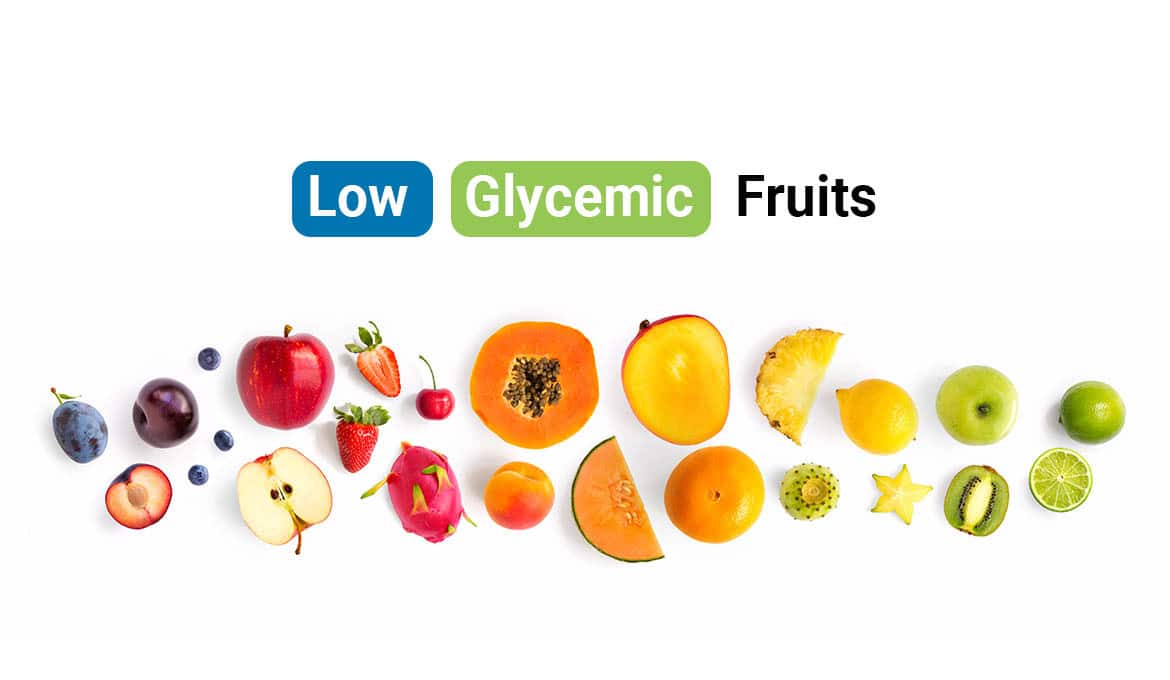
Battling chronic conditions like diabetes can have an impact across several spheres of your life, including your diet. What you eat can determine how well you can counter several symptoms of the condition.
Diabetes, in particular, is directly impacted by the diet you consume. It becomes essential to consume low-glycemic foods in order to avoid uncontrolled high-glucose levels due to diabetes.
This can be taxing on your taste buds as most low-glycemic foods are not sweet. This is especially difficult for someone who has a sweet tooth.
Certain low glycemic fruits are the best bet in such scenarios as they offer a chance to have something sweet without spiking your blood glucose levels while offering several health benefits at the same time.
Let’s take a look at the top low-glycemic fruits you can consume without spiking your blood glucose levels.
What is blood glucose level?
When any food group is consumed, the sugars in it are the first to be absorbed and metabolized in the body. Sugars are easy for the body to digest and convert to energy and are immediately transported across the body through blood in the form of glucose.
This leads to the presence of glucose in the blood after consumption of any food. The glucose level found in the blood at a given time is called the blood glucose level.
While sugar is a good energy source, excessive glucose levels in the blood can lead to life-threatening complications. Therefore, the body releases insulin to control blood glucose levels.
Over a period of time, our body can develop insulin resistance due to constant spikes in blood sugar levels and the frequent release of insulin. Increased insulin sensitivity leads to the inability of the body to control blood glucose levels, resulting in diabetes.
The body of a person suffering from diabetes is incapable of regulating blood glucose levels. Therefore, it is essential for such people to be extremely mindful of what they consume as they cannot risk having a high spike in blood glucose levels.
What is the Glycemic Index (GI)?
The Glycemic Index (GI) is a measure of the rise in blood glucose levels due to the consumption of a given food item. It is representative of the spike in blood glucose levels two hours after consuming the food.
The GI of food items depends on several factors, including the quantity or concentration of carbohydrates, especially sugars. It also depends on the protein and fat content in the food.
Other factors include sodium content, salt content, water content, molecular structure, whether cooked or raw, and dietary fiber.
The GI scale ranges from 0 to 100, with 0 being distilled water and 100 being pure glucose. Foods with a GI of less than 55 are considered to be low glycemic.
Foods with a GI of 56 to 69 are considered moderately glycemic, and foods with a GI higher than 70 are considered to be highly glycemic.
What are Low Glycemic Foods?
Foods with a low GI of less than 55 are considered low glycemic foods. These foods cause a minimal rise in blood glucose levels and help avoid developing insulin resistance.
They are considered essential to the diet of people suffering from diabetes and at risk for it. They are also beneficial for those seeking weight management and looking to improve heart health.
Healthy individuals can consume such food to improve their health and ensure they don’t develop insulin resistance.
Top 11 Low Glycemic Fruits for Diabetes
Fruits with a low glycemic index (GI) are considered low glycemic fruits. They are excellent sources of nutrition while helping diabetics enjoy something sweet without hampering blood glucose levels.
These fruits are an excellent addition to any person's diet and are especially beneficial for those suffering from diabetes or obesity.
Some of the best low-GI fruits are:
1. Apples (36):
An apple a day can indeed keep your doctors away. These delicious fruits come loaded with nutrients and have a low glycemic index, making them an ideal snack option for people suffering from diabetes.
Apples are an excellent source of vitamin C and dietary fiber, apart from providing antioxidants like polyphenols and vitamin E.
Vitamin C helps strengthen the immune system to help you counter other health conditions. The dietary fiber aids digestion and keeps you satiated for longer. The antioxidants help you combat cellular damage caused by oxidative stress due to free radicals.
2. Peaches (35):
The internet’s favorite fruit is a good snack option due to its low glycemic index and glycemic load. Peaches are also nutritious and especially rich in vitamins C, and K. Other nutrients like zinc and vitamin E are also found in peaches.
Peaches help the body repair wounds due to the high amounts of vitamin C, and K. Vitamin E is an antioxidant and can strengthen the immune system to fight against oxidative stress. Zinc helps your thyroid function optimally and aids the clotting of blood. Peaches also help improve vision.
3. Plums (24):
With a glycemic index of 24 and a glycemic load of 0, plums can be an amazing addition to the diet of someone with or at risk for diabetes. These juicy fruits are considered a good source of calcium, magnesium, phosphorous, potassium, and vitamin C.
Aside from keeping blood glucose levels in check due to their low glycemic index and glycemic load, plums also contain a compound called sorbitol, which further reduces blood glucose levels.
It is also beneficial for cardiovascular health, bone health, and digestion.
4. Grapes (53):
A glycemic index of 53 might not seem too small, but combined with an average glycemic load of 8, grapes are an excellent option for those suffering from diabetes.
Grapes are a good source of vitamin B, copper, and vitamin K. Its high antioxidant content helps combat cell damage caused by oxidative stress due to free radicals. It is also beneficial for bone, eye, and heart health. It is also observed to improve cognitive functions like mood, memory, and attention.
5. Avocado (15):
With a miserly glycemic index of 15, it is no wonder that avocado is so popular among fitness enthusiasts. It is, in fact, observed that fresh and raw avocado can have a lower GI in single digits close to zero.
Avocados are extremely rich in nutrients and contain vitamins B6, C, K, and E. They are also rich in riboflavin, magnesium, niacin, potassium, folate, and pantothenic acid. They also provide nutrients like omega 3-fatty acids, lutein, and beta-carotene.
Avocados are very useful for weight management as they have a low GI and are satiating. They also support healthy digestion, improve brain function, and protect eye health.
6. Guava (12):
This humble fruit is a great option for diabetics and fitness enthusiasts alike, thanks to its low GI of 12. They are also easily digested and absorbed by our bodies, helping us reap the full range of benefits offered by the nutrients in them.
Guava is rich in various nutrients like vitamins C, E, A, folate, magnesium, and potassium. Besides this, guava is a good source of healthy carbohydrates and dietary fiber.
It is considered beneficial for digestive and heart health. It has a high amount of vitamin C, making it ideal for boosting immunity and engaging in cell repair. It can be especially beneficial for women as it helps ease menstrual cycle symptoms.
7. Pears (37):
Pears are a low-glycemic food that is especially high in dietary fiber. This makes them the ideal choice for those looking at weight management. With its ability to keep you satiated without increasing blood sugar levels, it should be an integral part of the diet of any diabetic.
It is rich in antioxidants like copper, vitamin C, and K and helps counter cell damage effectively. Consumption is also observed to improve gut health vastly, thanks to the high concentration of dietary fiber.
It is also observed to be effective in fighting inflammation and can help recover from wounds and injuries. It is a great option when looking at weight management.
8. Cherries (20):
These tiny fruits pack a punch when it comes to nutrient profile and range of benefits. These low glycemic fruits have a range of benefits that extend beyond blood glucose management and are ideal for anyone looking to incorporate healthier foods into their diet.
They are rich in vitamin C, potassium, manganese, and copper source. The high antioxidant content helps you manage inflammation and counter-cell repair. They are also found to keep your energy levels up and even help you recover faster from taxing physical activities.
Cherries are also helpful in improving sleep quality and can be an ideal option if you are looking to fix your circadian rhythm.
9. Oranges (43):
These juicy low glycemic fruits contain zero fats and zero sodium. Besides helping control your blood glucose levels, they are also helpful in countering bloating and are ideal for weight management.
Oranges are rich in vitamins C and A and are considered to be helpful in countering several ailments. They are found to be helpful in reducing blood pressure and are a must-have for individuals battling obesity and heart conditions.
They are also considered great for digestive and brain health and can alleviate symptoms relating to the same. They can be an effective way to counter kidney stones as well.
They can have cosmetic benefits, and consumption leads to improved skin health and appearance.
10. Blackberries (25):
With a glycemic load of 2 and GI of 25, blackberries are a must-have in the diet of any diabetic. They are rich in dietary fiber and offer plenty of nutrients like potassium, magnesium, and vitamins K and C.
Besides the anti-inflammatory properties due to their rich antioxidant content, they are also antimicrobial, helping eliminate pathogens from the body.
Blackberries can help treat conditions like diarrhea, bloating, common cold, swelling, throat irritation, and cell damage. They are also effective in lowering cholesterol in the body.
11. Dragon fruit (48):
Despite being on the higher end of the low-GI scale, dragon fruits are an excellent addition to your diet due to their unique plant compounds and antioxidants. However, it is best to limit consumption to one dragon fruit in a day when battling diabetes.
It is rich in phenolic acid, betacyanin, and flavonoids, which are effective in boosting cell repair and immunity. These compounds also effectively repair the nervous system and can help counter mental health symptoms. These compounds are also beneficial for the immune system.
They are also rich in iron and can boost iron levels in the body. This is especially helpful for those suffering from iron deficiency. The high vitamin A content helps improve eye health as well.
Dragon fruits are also rich in probiotics and can significantly improve your gut health, leading to better overall digestion of food and absorption of nutrients.
They also offer cosmetic benefits, are great for your hair, and fight signs of skin aging.
Conclusion
Low-glycemic fruits are an excellent addition to the diet of any individual and are a must-have for diabetics. They offer plenty of nutrients to help alleviate several health conditions' symptoms.
These top 11 low glycemic fruits listed in the article are especially nutritious and are recommended even for healthy individuals.
FAQs
1. What is considered to be low GI food?
Ans: Any food with a GI of 55 is considered low GI food. These food items cause a minimal spike in blood glucose levels after consumption.
2. What are considered to be high glycemic foods?
Ans: Food with a GI higher than 70 is considered to be high GI foods. These foods cause a massive spike in blood glucose levels and should not be consumed by those suffering from diabetes.
3. Are fruits safe for diabetics to eat?
Ans: Certain fruits with a low GI are safe to consume for diabetics. It is important to check the GI of the fruit before consuming it as a higher GI can lead to an uncontrolled spike in blood glucose levels.
4. Can diabetics consume sweets?
Ans: Consuming sweets can lead to uncontrolled spikes in blood glucose levels, which can cause life-threatening complications. However, certain sweet fruits with low GI offer a chance for diabetics to have something sweet.
5. Who coined the termed Glycemic Index (GI)?
Ans: The idea of GI was developed by a professor called David Jenkins and his team.
Read Also:







